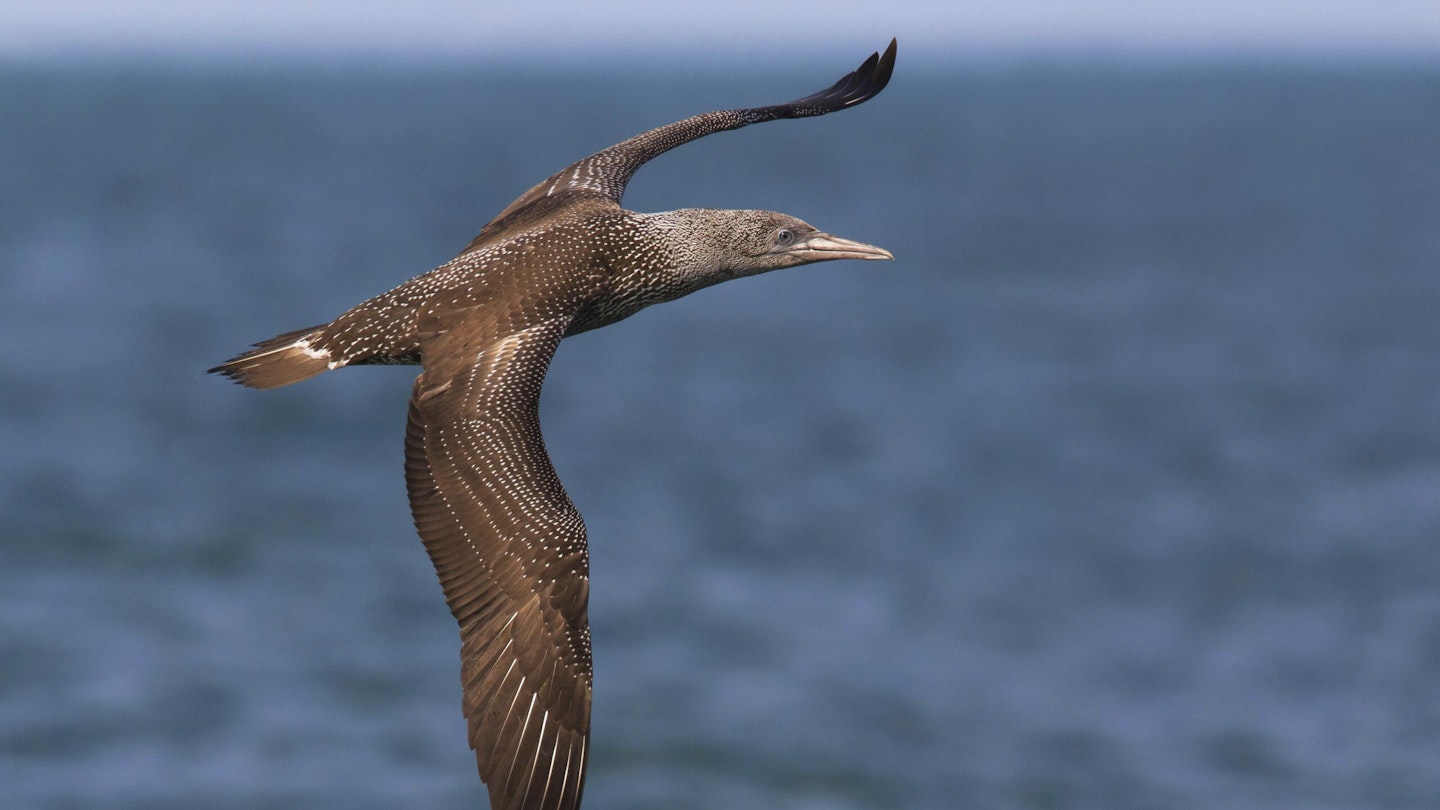September is here! Rivalling October as the most exciting month of the second half of the year. Here are five special birds to enjoy during this wonderful early autumn period.
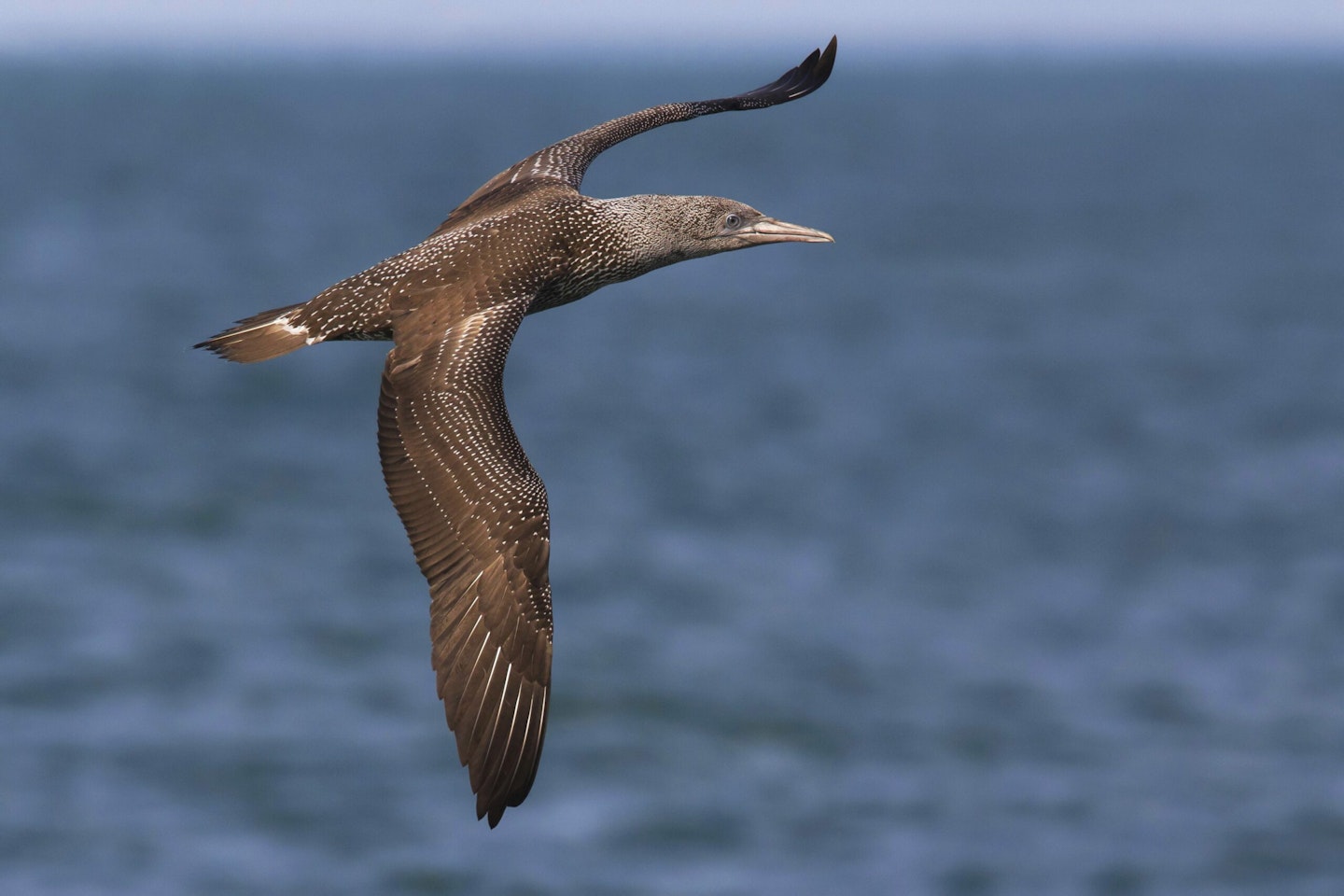
Juvenile Gannet
Let’s hope that as hinted at on Springwatch this year, Gannets bounce back well from the ravages of avian influneza which did do much tragic damage to our seabird colonies in 2022. Juvenile Gannets (ie those hatched this year) are somewhat surprisingly handsome birds. Looking grey from a distance, they are neatly streaked and white spotted if seen up close. Of course, they will wander the seas for a few years after leaving the natal colony. But, some will inevitably turn up inland, and many more will be viewable on our coasts, during the autumn. If you are wondering if a distant seabird is a juvenile Gannet or a large shearwater, remember that Gannets are huge, three feet long and six-feet from wing-tip to wing tip, much, much larger than any shearwater.
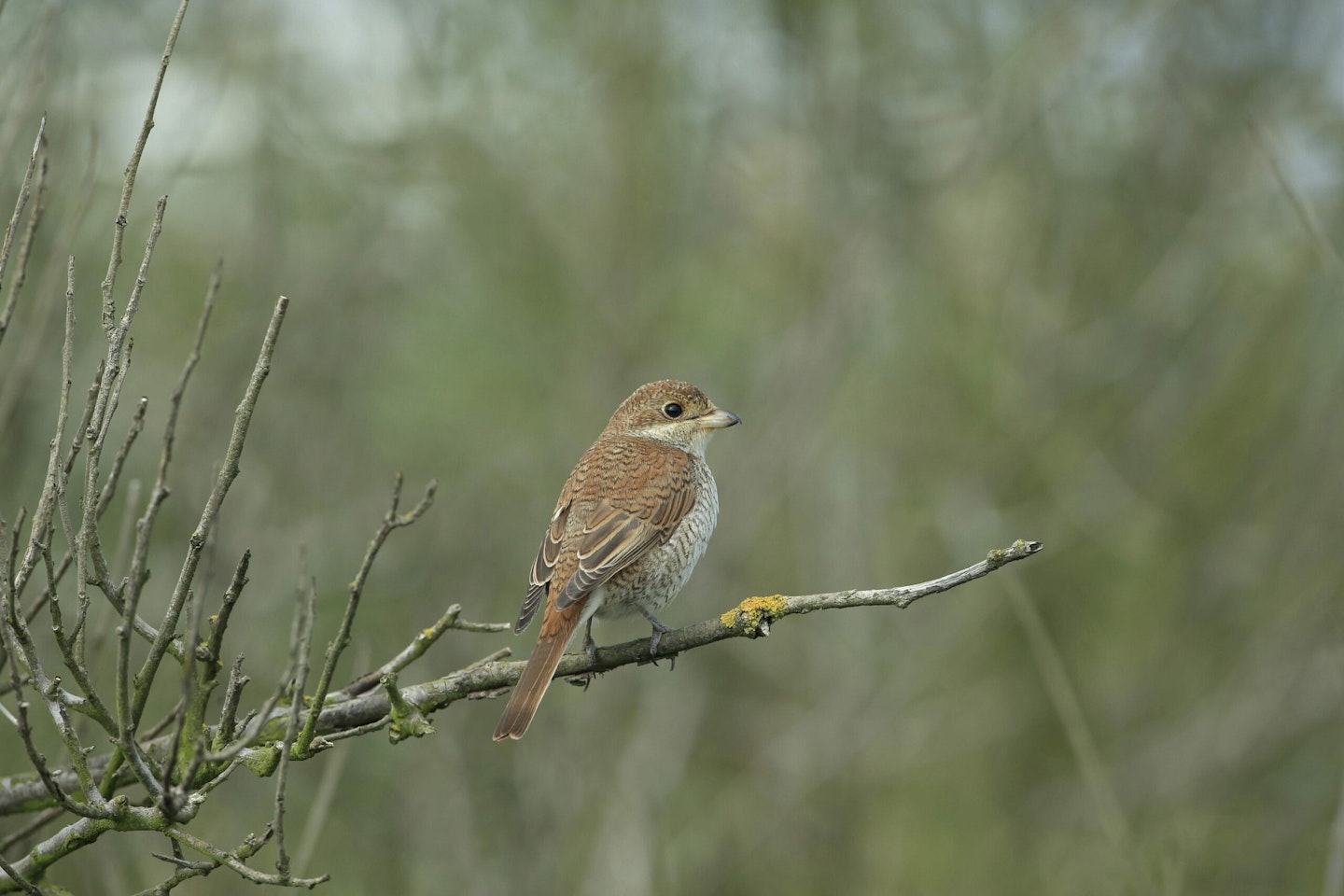
Red-backed Shrike
Formerly a common breeder in the UK, the Red-backed Shrike is now almost totally a scarce passage migrant. In autumn, the vast majority of the few hundred which pass through are juvenile or first-winter birds. These look like females, but are even browner and have more ‘scaly’ feathering on the upperparts (as well as the underparts). Though they can and do occur inland, most are found along the coast, particularly the east coast amd south coast, as well as the Northern Isles. Like all shrikes, these are charismatic and exciting predatory birds, which habitually impale their victims (large insects, small mammals etc) on thorns or the equivalent, earning them the name ’butcher birds’.
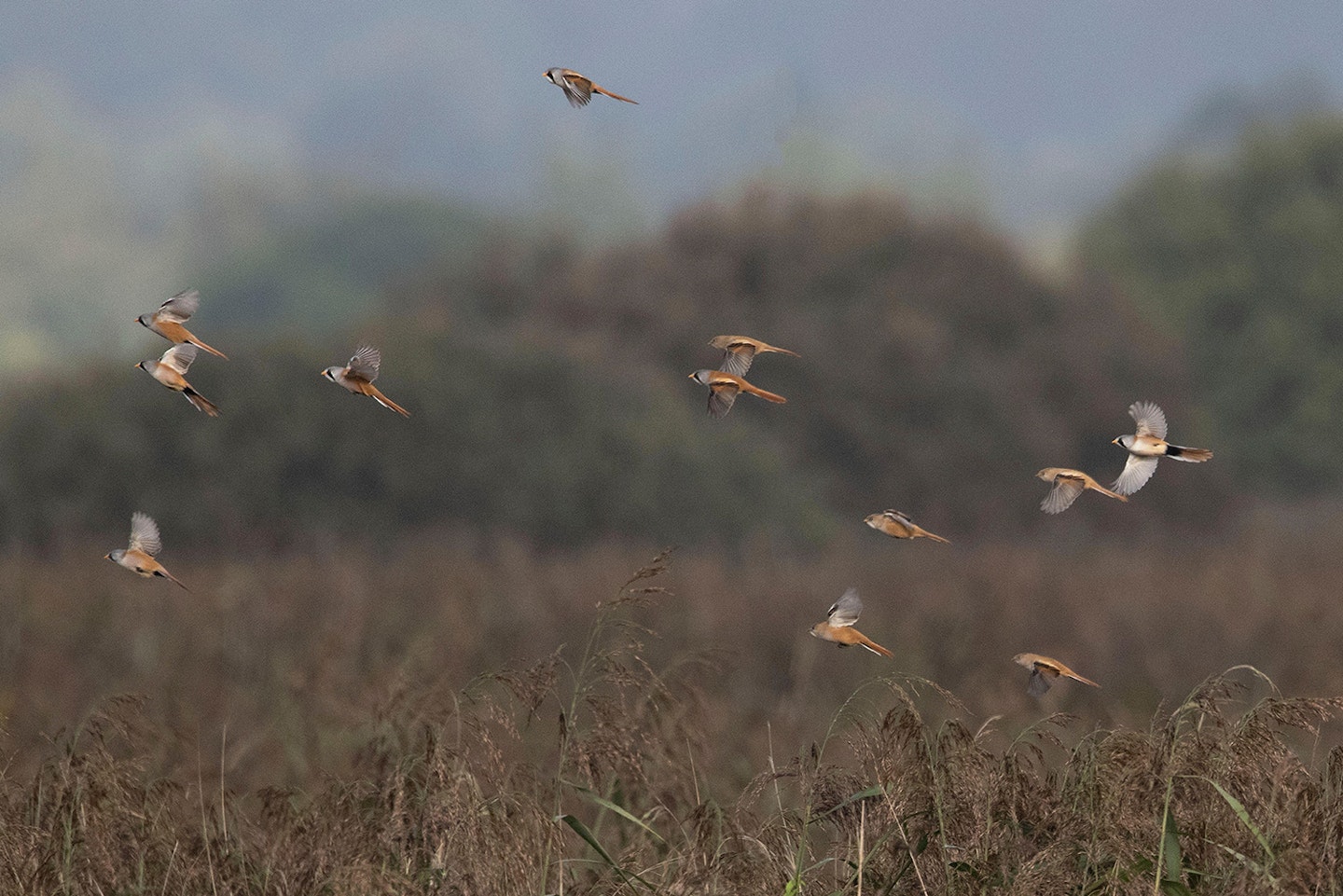
Bearded Tit
Looking like no other British bird, the Bearded Tit has a distinctly Asian feel to it. Indeed its massive range extends to the far east of China. As everyone knows, they are not ‘true’ tits, but being small and small billed and acrobatic, they have certain resemblance to the proper tits (in the same way that the unrelated Long-tailed Tit and the rare Penduline Tit do). Beardies are almost always found in a or around reedbeds or reedmace beds. In late summer and autumn, family groups gather to feed together and are often betrayed by their ‘ping ping’ contact calls, which seem as cute as the birds themselves! Only adult males have the bluish head and long drooping ‘moustache’ which gives the non-tit its ‘Bearded’ name. They have a patchy, localised distribution, mostly in southern England, but with some populations in for instance, eastern Scotland. Despite having tiny wings, they have a tendency to wander and during the autumn turn up at patches of reed where they haven’t bred. Near you, perhaps?
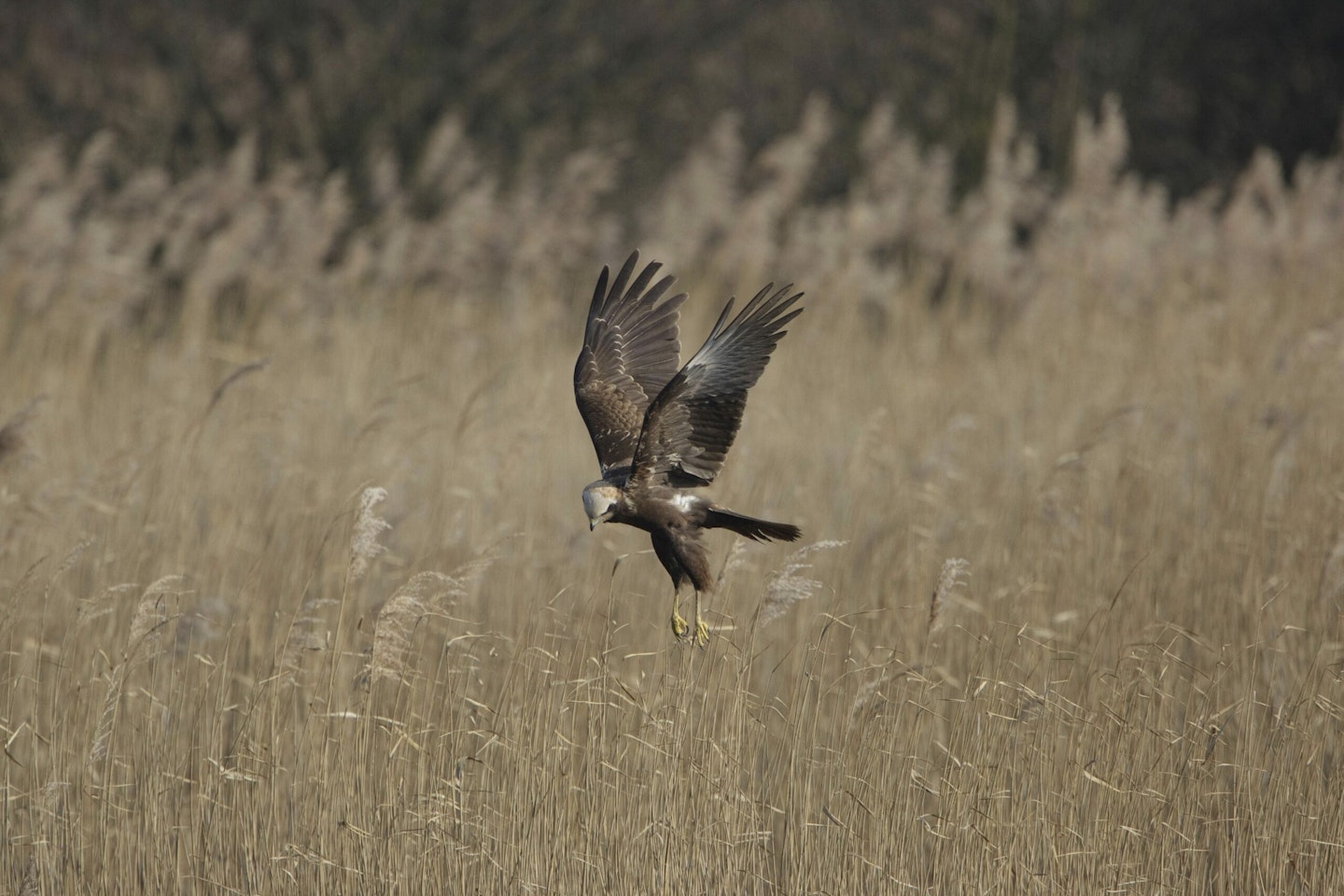
Juvenile Marsh Harrier
In some parts of the country (such as the lowlands of East Anglia and Lincolnshire), Marsh Harriers are very much taken in birders’ strides as part of the regular avifauna. Everywhere else, though, they are pretty scarce birds; indeed, as we never tire of saying, there are (officially) more breeding Golden Eagles in the UK than Marsh Harriers (both close to 500 pairs). Marsh Harriers are larger and chunkier than other harriers, and a big female (females are larger than males) could even be taken for a Buzzard with a poor view. A decent view should reveal long, slim wings and a long, slim tail. Juveniles have the ‘cream crowns’ and throats of adult females, but lack the creamy shoulders and have pale fringed dark-brown feathers on the wings and back.
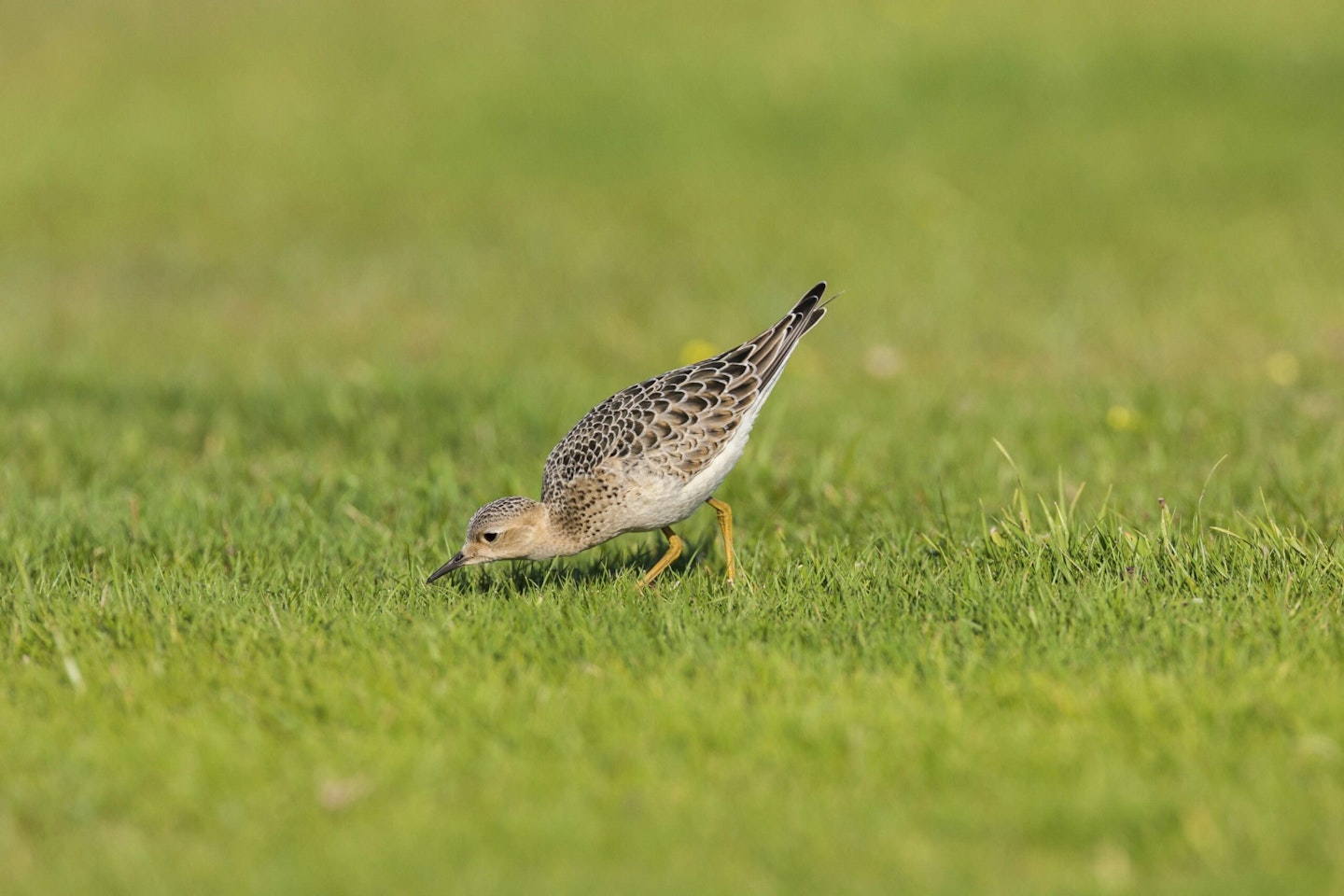
Buff-breasted Sandpiper
Several species of ‘sandpiper’ make it across the Atlantic from North America each autumn. None is prettier than the Buff-breasted Sandpiper. Somewhat similar in appearance to a juvenile Ruff (actually closer to a juvenile reeve, or female Ruff), with a good view it is unlikely that a real Buff-breasted Sandpiper will be called as a Ruff (though Ruffs can be called as Buff-breasted Sandpipers). The bill is fine, the beady eye set in an obvious pale eyering in an ‘open face’, the legs the colour of English mustard.
